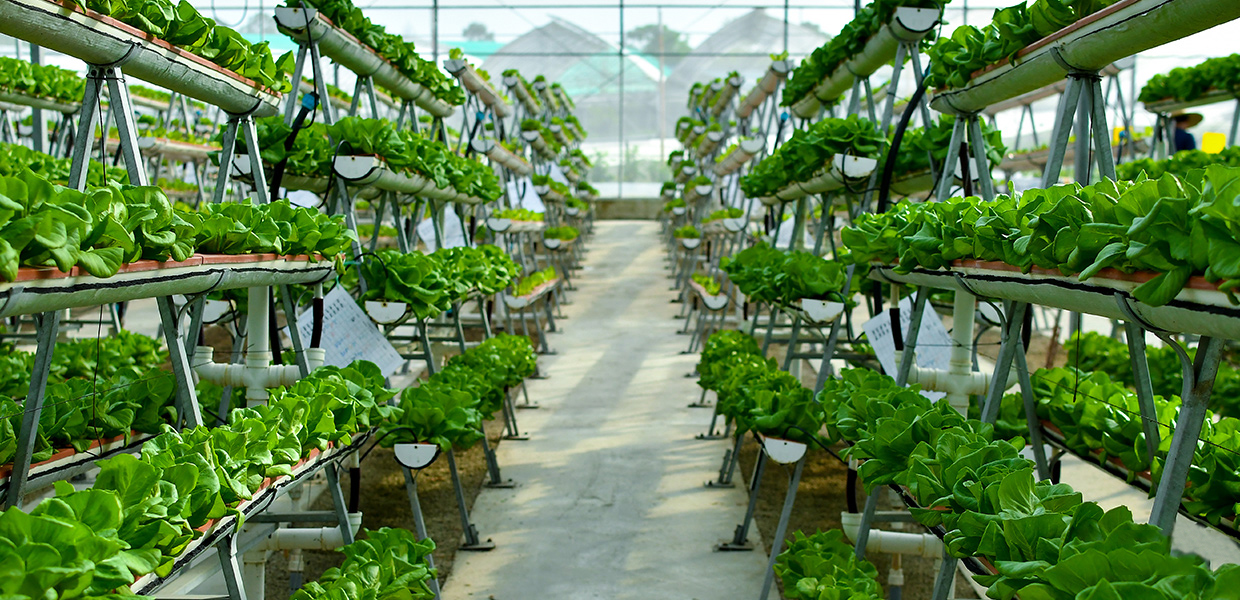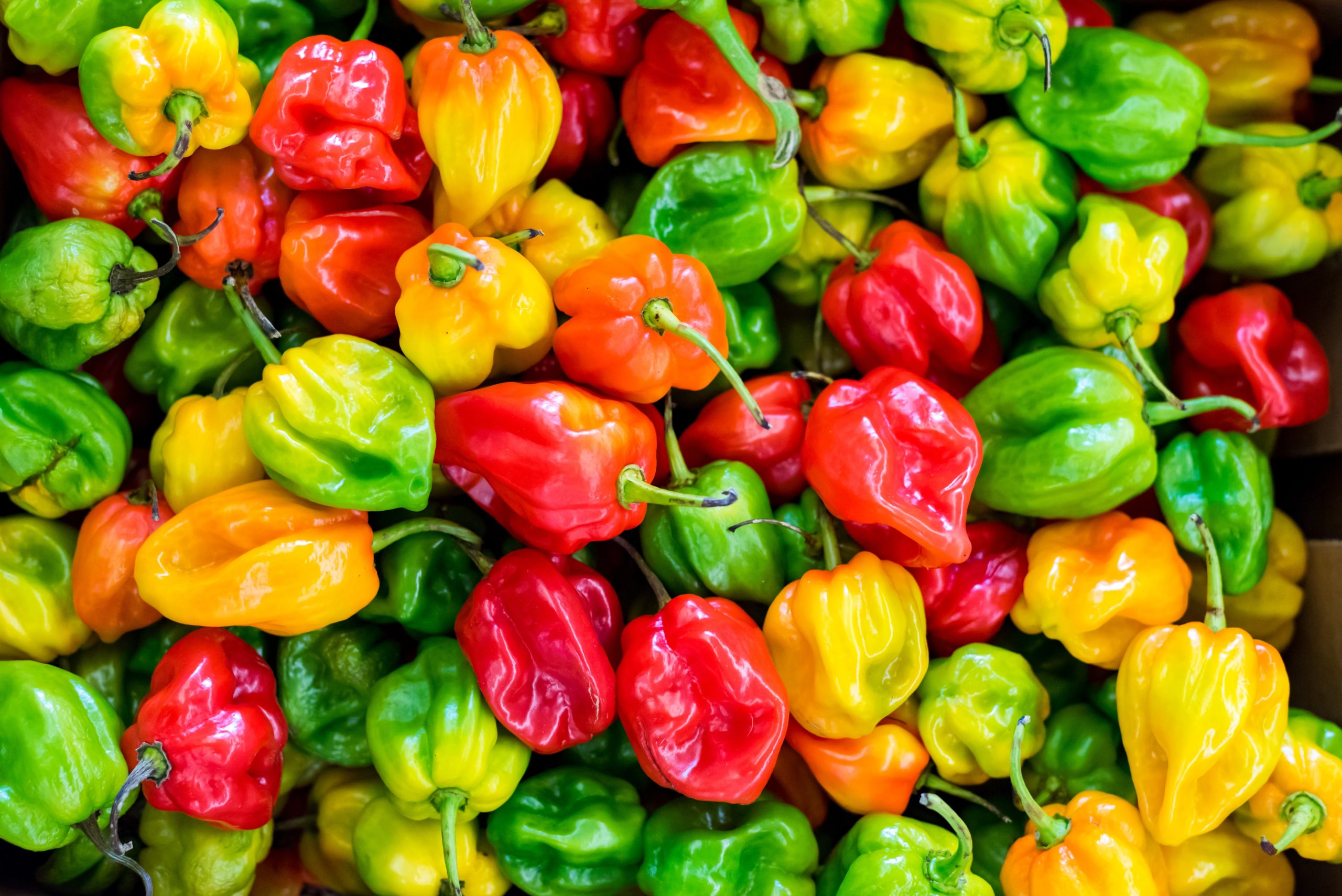Indoor farming, a cutting-edge agricultural technique, is revolutionizing the way we produce food. By cultivating crops in controlled indoor environments, farmers can overcome the limitations of traditional agriculture, such as weather conditions, pests, and soil quality.
How Does Indoor Farming Work?
Indoor farms typically utilize advanced technologies like hydroponics, aeroponics, and vertical farming to grow crops in a controlled environment.
- Hydroponics: Plants are grown in nutrient-rich water solutions without soil.
- Aeroponics: Plants are grown in a mist of nutrient-rich water.
- Vertical Farming: Crops are grown vertically in stacked layers, maximizing space efficiency.
Benefits of Indoor Farming
- Year-Round Production: Indoor farms can produce crops year-round, regardless of the weather.
- Reduced Water Usage: Hydroponic and aeroponic systems use significantly less water than traditional agriculture.
- Reduced Pesticide Use: Controlled environments minimize the need for pesticides and herbicides.
- Higher Yields: Indoor farms can produce higher yields per square foot compared to traditional farming.
- Fresh, Local Produce: Indoor farms can produce fresh, local produce, reducing food miles and carbon emissions.
- Reduced Food Waste: Indoor farming allows for precise control over growing conditions, reducing food waste.
Challenges and Future Outlook
While indoor farming offers numerous benefits, it also faces challenges, such as high initial investment costs and energy consumption. However, advancements in technology and increasing consumer demand for sustainable and locally sourced food are driving the growth of this industry.
As technology continues to evolve, indoor farming has the potential to play a significant role in addressing global food security and sustainability challenges. By optimizing resource use and minimizing environmental impact, indoor farming can help ensure a sustainable future for agriculture.
Would you like to learn more about specific indoor farming techniques or the environmental impact of this technology?



